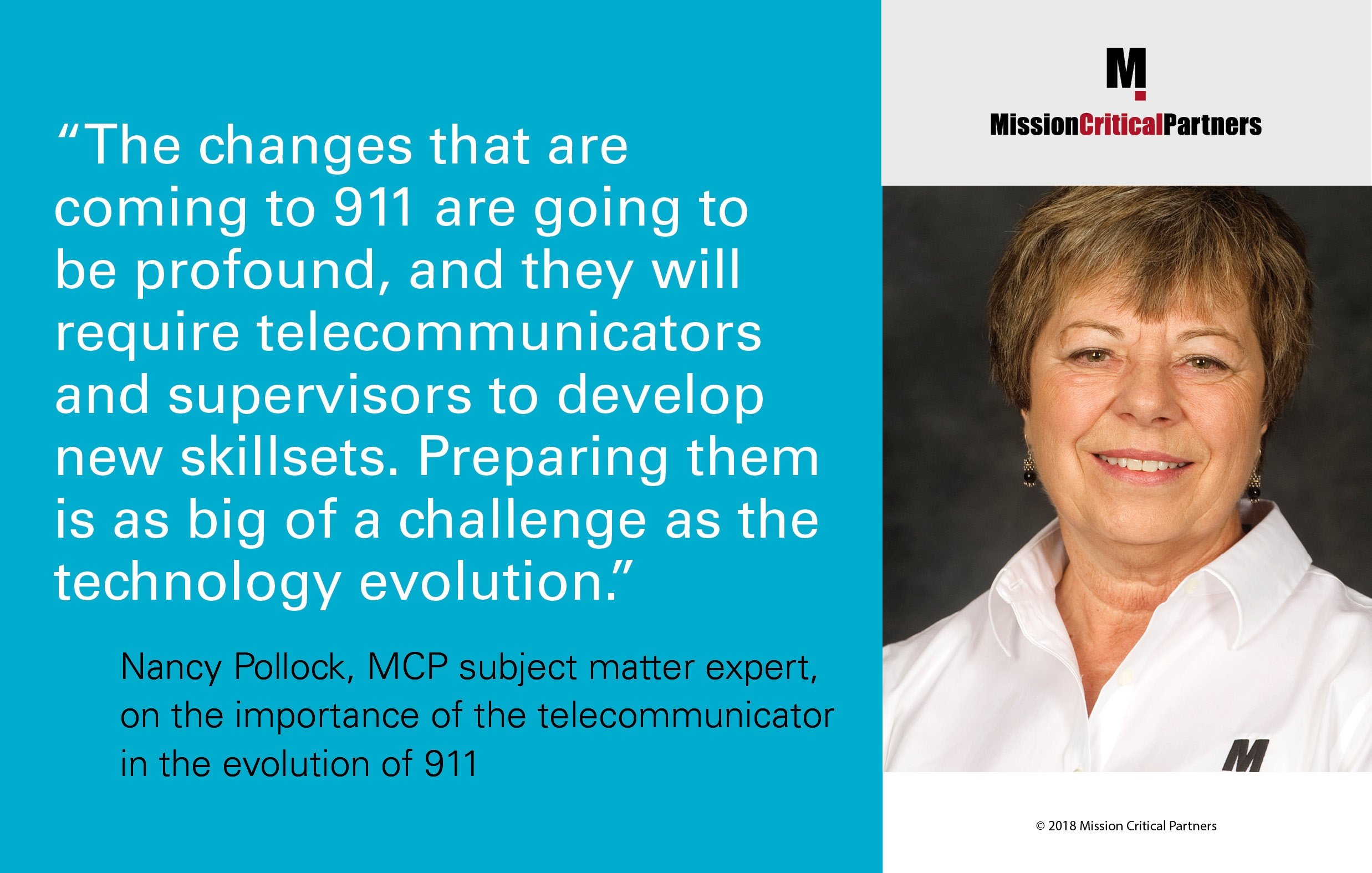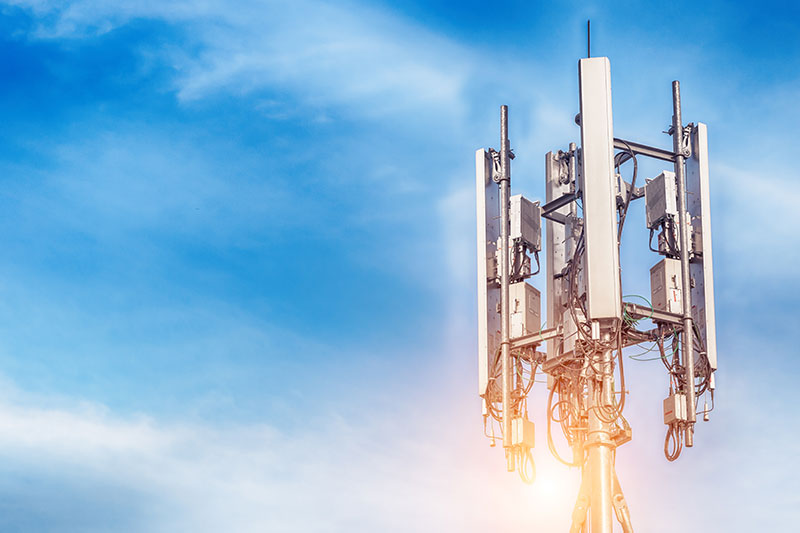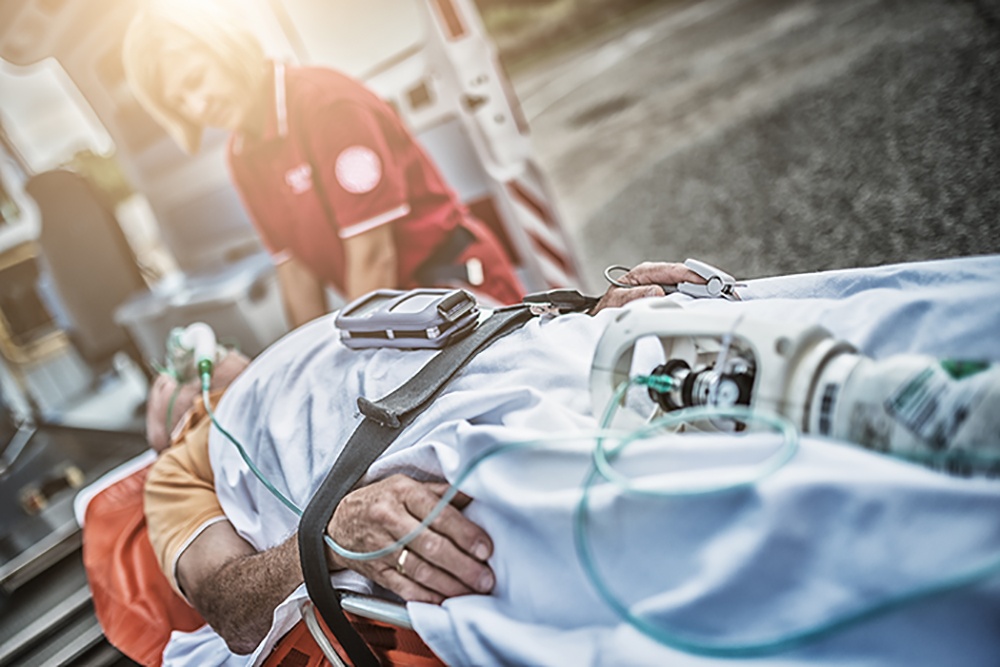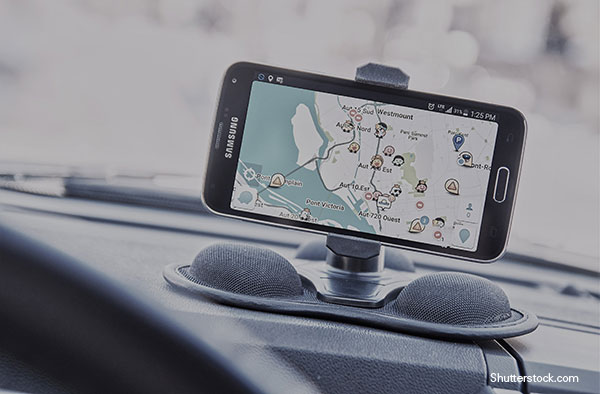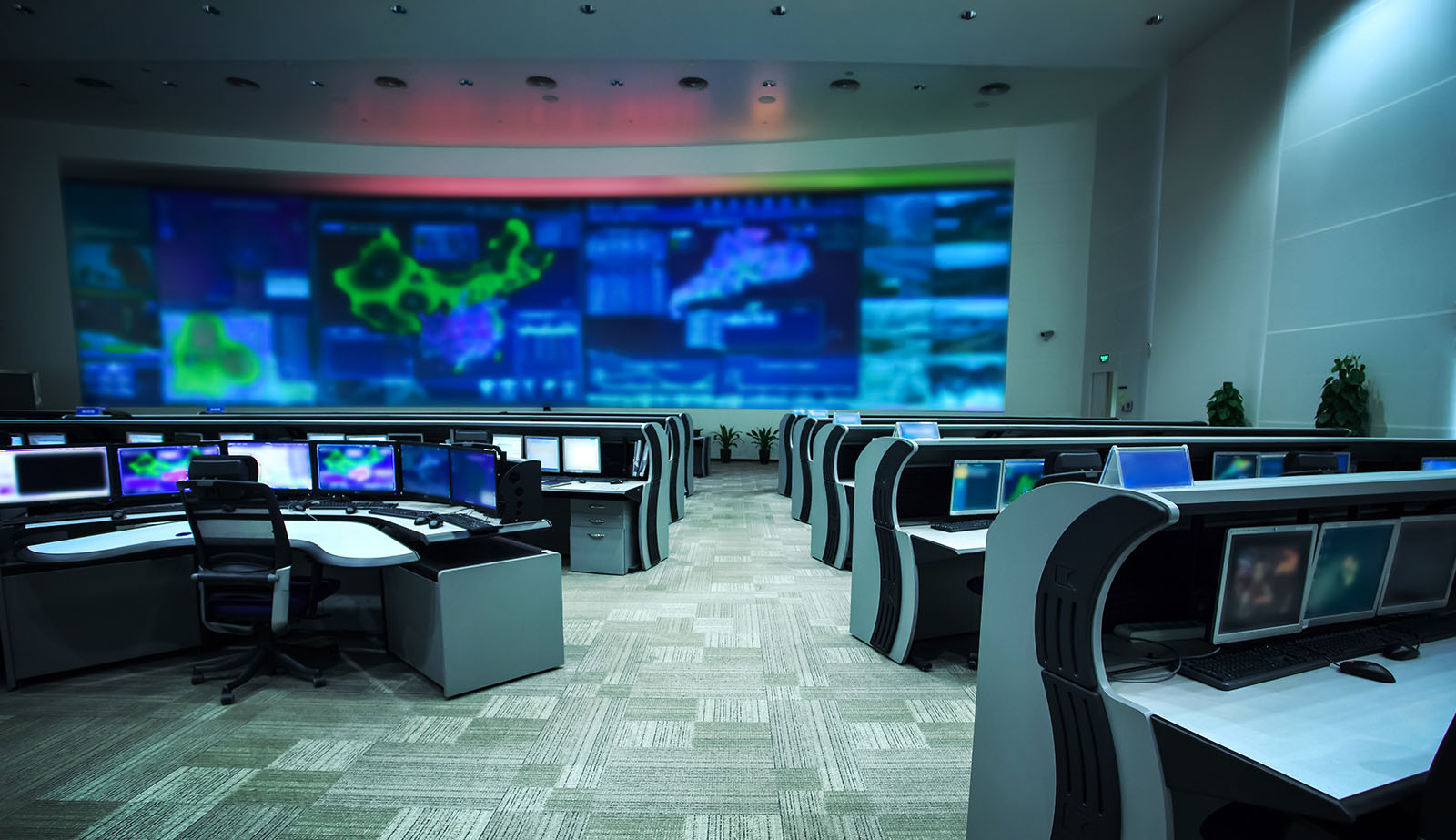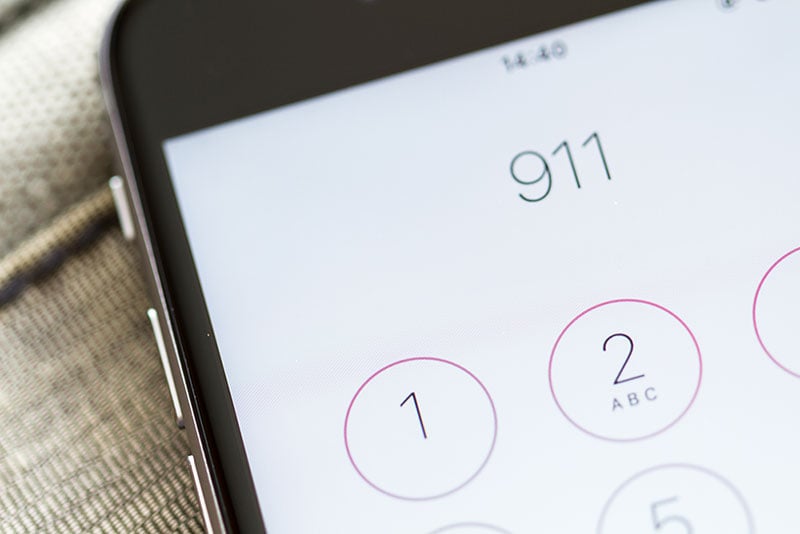Pilot Project Offers Insight into Using Social Media Data for Emergency Response
In a recent post, MCP Insights chatted with Dr. Andrea Tapia, associate professor of information sciences and technology at Pennsylvania State University (PSU) in State College, about the impact social media is beginning to have on the 911 community. This post explores a pilot project that concluded in August 2018 at the Charleston County (S.C.) Consolidated 911 Center that explored the use of social media data in emergency management and response. MCP, RapidSOS and RapidDeploy also participated in the pilot project.
Collaborators from PSU’s College of Information Sciences’ 3C Informatics: Crisis, Community and Civic Informatics, led by Dr. Tapia—who is working with MCP for the next year as she takes a sabbatical from her duties at Penn State—explored how access to social media data could impact 911 operations, specifically by improving situational awareness during emergencies.
You can hear from all pilot program participants, including the Director of the Charleston County Consolidated 911 Center, during MCP's panel discussion on social media and 911 on Thursday, December 13, 2018 at 12:00 PM ET. Register here.




